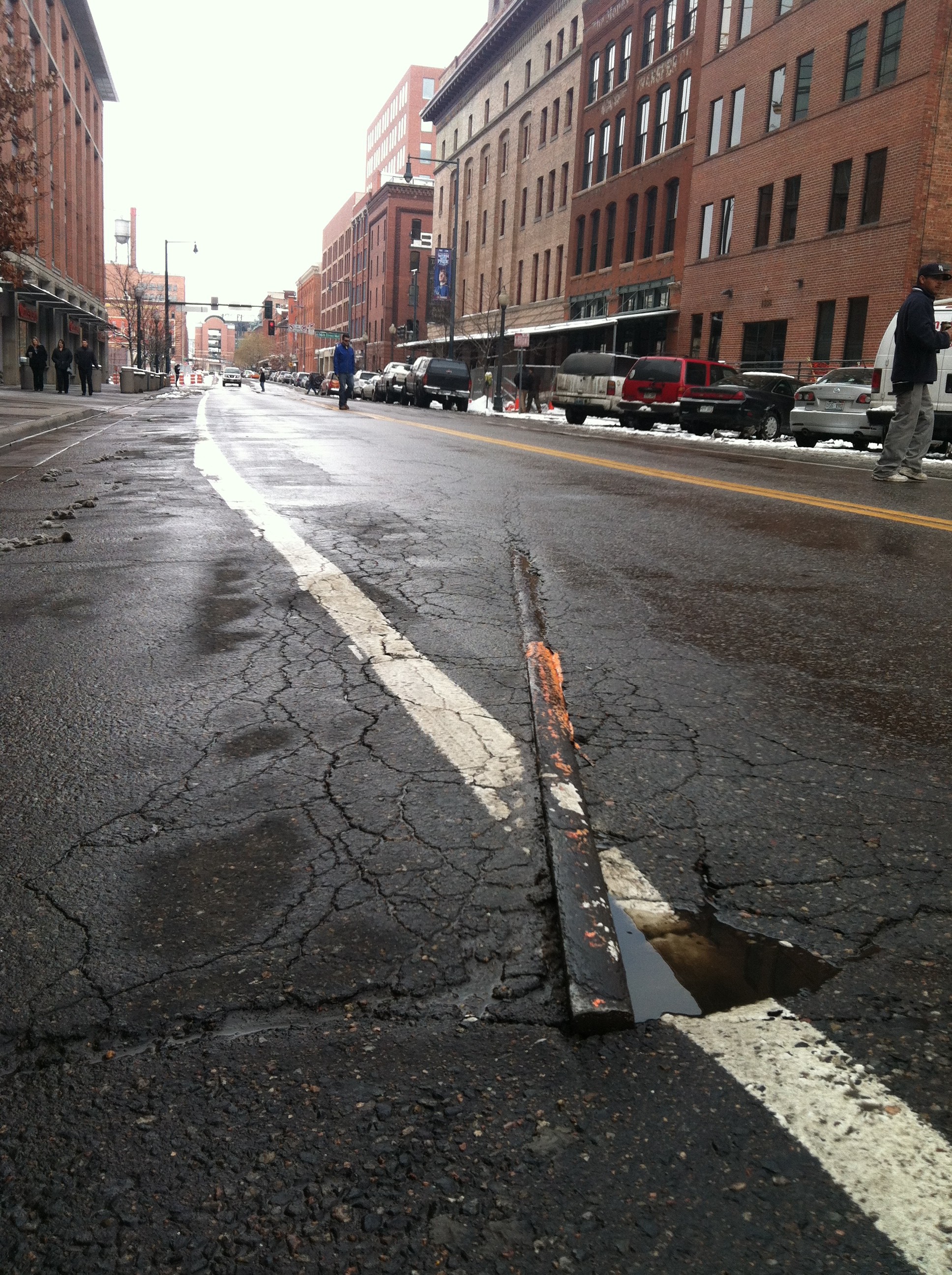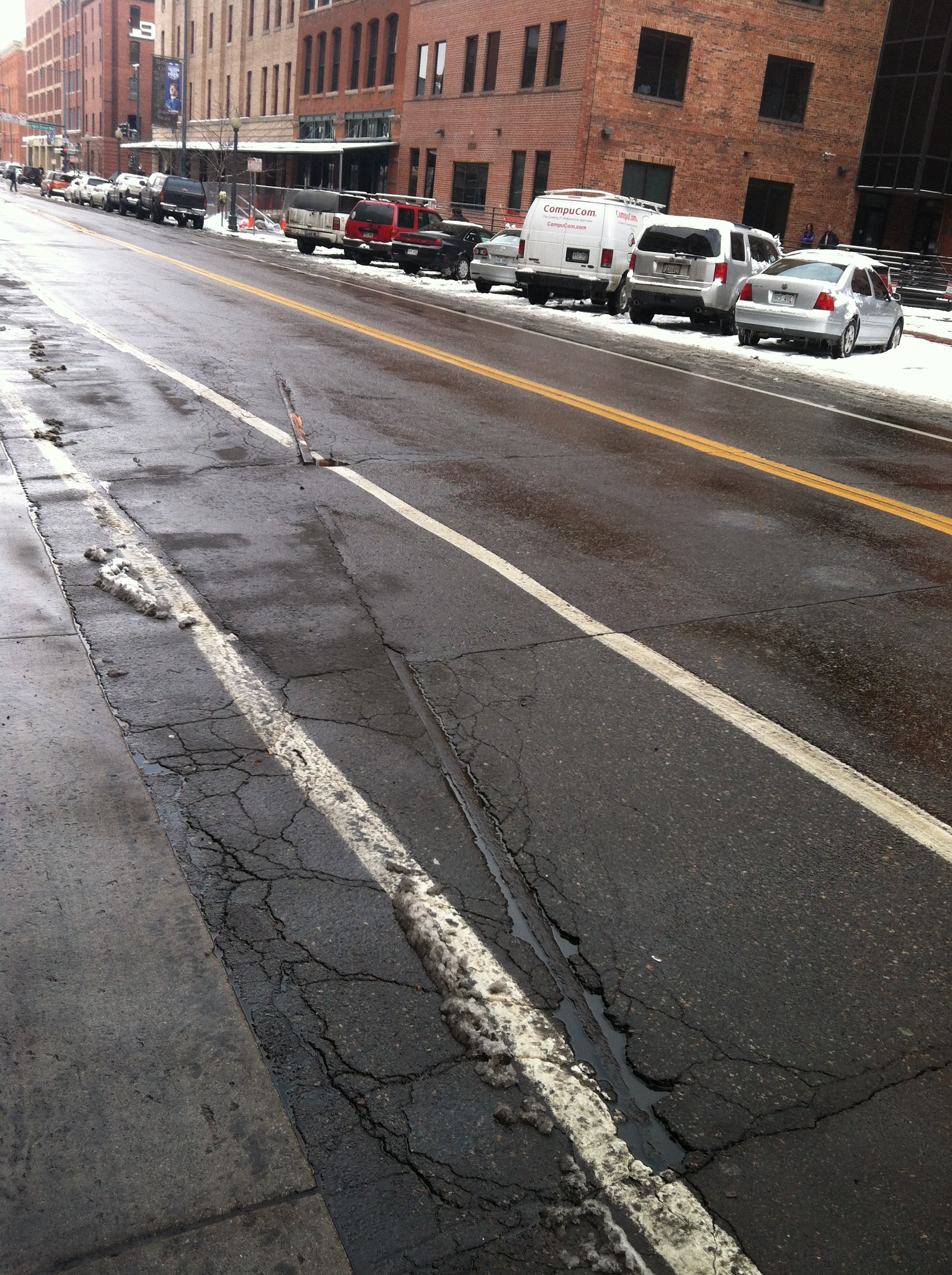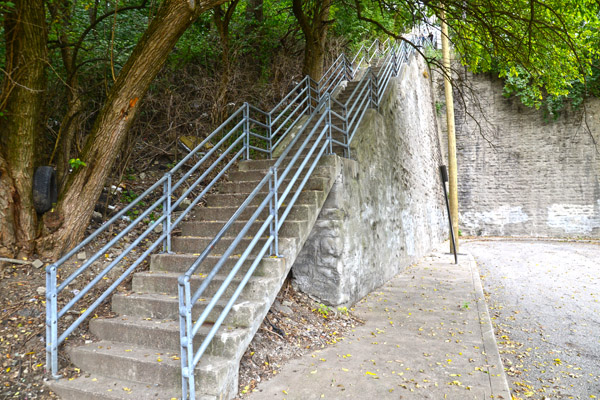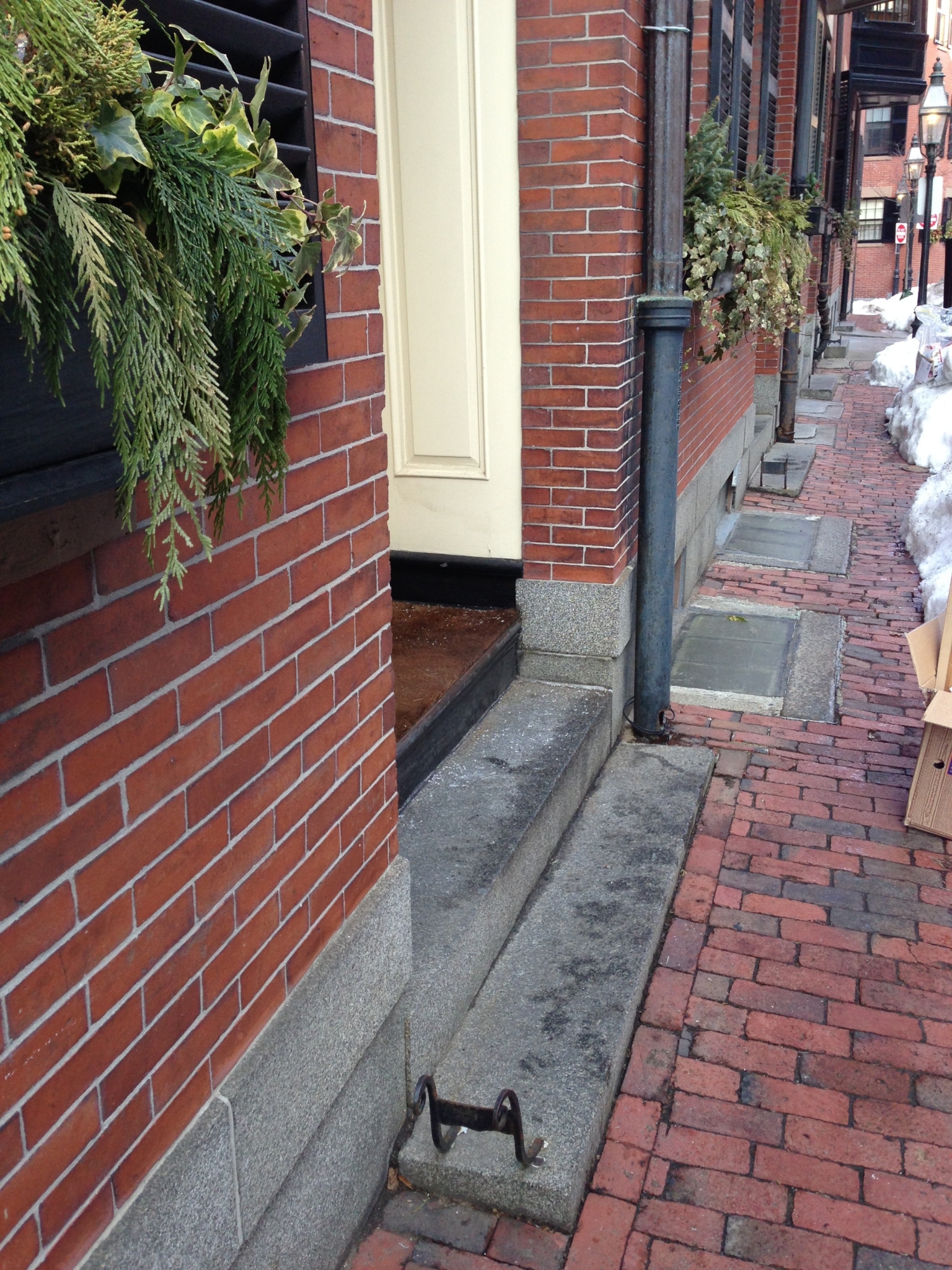Have you ever wondered why you’re struck with that sense of charm and wonder when you encounter a street tightly knit with red brick?
Though it’s often exciting to witness a well-preserved historic building or space, it’s often the urban features that are camouflaged or embedded in the infrastructure of the present that are so profound. It is incredibly important to document the past and to have record of the ways in which our urban spaces were once used (i.e. books, photos, maps). Beyond that, there is an undeniable excitement preserved for the urban enthusiast in stumbling across the urban artifacts that dot the city’s landscape, leaving clues to a past he or she has never experienced.
What makes them interesting is that they are invisible, insignificant or simply misunderstood by the general public. Long metallic strips that sink into the street resembling a scene out of Pompeii are really just a reference to the rail age of our cities that has come and gone. Still intact, but encapsulated in a river of solid asphalt, the lines are like a mosquito preserved in a solid mass of amber. In Denver and most other major US cities, these lines surface to reveal themselves from time to time. Sometimes you’ll even get lucky enough to witness road construction taking place where the asphalt has been scalped back to reveal a lovely cobblestone or brick path peacefully resting below.
[Photos by Denverurbanism.com]
These purposeless hints of history that serve as nothing but infrastructural ruins have a story to tell about a way of life that is obsolete. For instance, in Cincinnati and Pittsburgh, stairway networks once ran up and down the hillsides, taming the terrain and providing access throughout the city for pedestrians. Today, many of those stairways have been removed, some sport the accessory of an “access forbidden” sign, and still others lay crumbled across the hillsides in disrepair. It’s odd to think that at some point, the car deemed these forms of infrastructure unworthy of their own traffic.
[top left – Closed Stairs, Cincinnati, via building-cincinnati.com; top right – Abandoned Public Stairs, Cincinnati, via globalsiteplans.com ; bottom left – Vintage Pittsburgh Stairs, via shorpy.com; bottom right – Operational Public Stairs – Cincinnati, via soapboxmedia.com]
Even the most micro-level urban artifacts can be found if you look closely enough at your surroundings. Each city has found ways to cope with the natural environment it is surrounded by. These relics provide a window for us to see how our urban predecessors managed to mitigate the obstacles encountered in everyday life. In Boston, scores of historic buildings have an odd iron fixture just near the foot of each stoop. The “boot scrapers” were implemented as early as the 1600s to combat the dilemma of tracking mud (and animal droppings) into the beautiful homes of Beacon Hill. Since few people get around on horseback these days, and since our cars don’t poop on our streets (just in our air), they serve only an ornamental function.
[All photographs provided by Beacon Hill resident, Dominic Berardi]
And lastly, zooming back out to a larger-scale affect of this concept is the unique occurrence of the number of mini business districts scattered about Denver. Moving here, I often wondered why there were so many business districts that made up nothing more than a block or two. While this question piqued my curiosity for some time, it seemed like a no-brainer when I was finally informed of the reasoning. I was told that if I took a look at a streetcar map, I would see most all of the streetcar stops aligning with the mini districts in question. This case is a bit different from the others in that it is not purely an object left behind, but rather an urban form produced by the technology of the times.
So, now I encourage you to question the peculiar and pay attention to details. There is plenty your city or neighborhood has to tell you about its past without visiting a library or a museum. And for any of you urban explorers, feel free to populate the comments section with any additional examples of urban artifacts where you live!



















I love this post–I often stumble on physical bits of history this this around the city, and they’re fascinating. However, I believe the rails on Wynkoop Street are not related to the old streetcar system that once served Denver so well. My father worked for many years (1962-1984) at the Denver Terminal Annex, the old mail sorting facility that was built 1959-61 and torn down in 2005 for the present structures on Wynkoop between 15th and 16th (the EPA building and the Hines development whose name escapes me right now). When I was old enough to drive, I would often pick him up from work, and I remember these rails being used as sidings for freight cars. But there are lots of streetcar rails still around Denver, in other places.
What a great post Derek! Just wanted you to know that when people click to embiggen the first two photos that they need to be rotated.
Hi Rob!
Thanks for the compliment! I am not certain what the issue would be with the first two photos. I’ve pulled them up on my computer through Safari and also through my iPhone. Both seem to be working. I suspect it may be your browser. Sorry! If anybody has ideas on fixing that, I’m all ears.
-Derek
Derek, a terrific posting! You show here how old urban artifacts remind us of why we love our cities. When I think of what got destroyed — bulldozed — by urban renewal in Downtown Denver, in the name of progress, I’m leery of most demolitions. Dozens of classic buildings were wiped out by urban renewal, and replaced by block after block of surface parking lots. To twist Joanie Mitchell’s line, “paved Paradise, put up a parking lot,” 19th Century Denver’s classic downtown “Paradise” was wiped away by greedy developers and foolish political leaders and planners, who thought only of higher property tax revenues, under the illusion that Newer Is Better. Lodo and Union Station are the best of what’s left of Denver’s Urban core, and now they’re the best place in the city, because they provide the texture and granularity that modern buildings simply lack.
Infill is vital to restoring our city to a place where it feels good just to be on the sidewalk, but the concern for details, the worry from so many followers of this website speaks to the core concern. In just a few years, after the entire parking lot belt around Downtown’s been rebuilt, the key question will be, after all this, what kind of an urban environment is this?